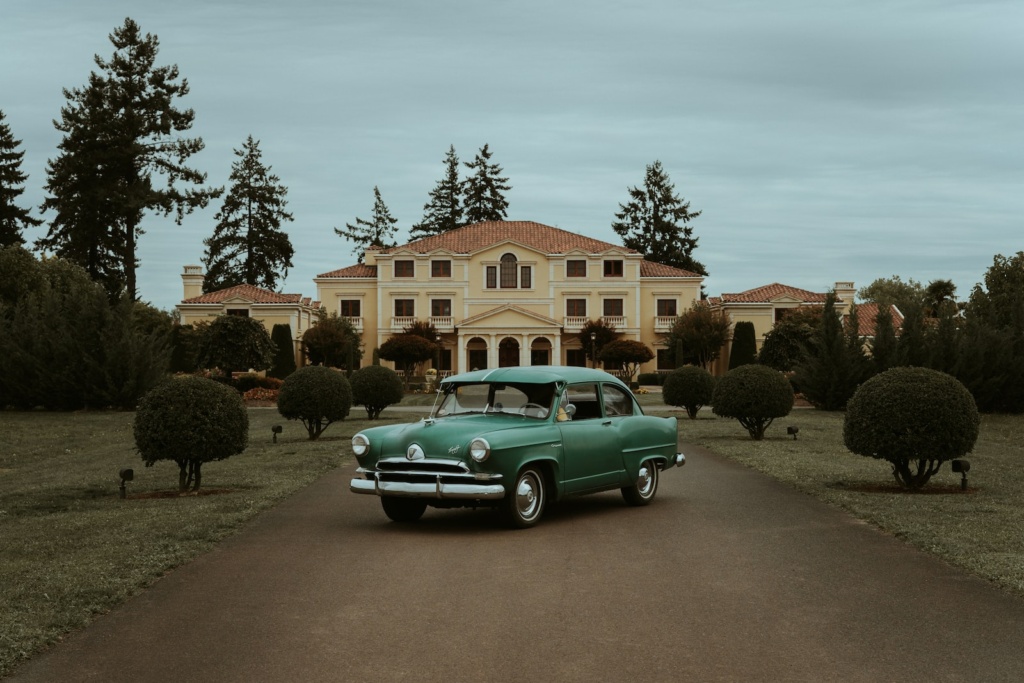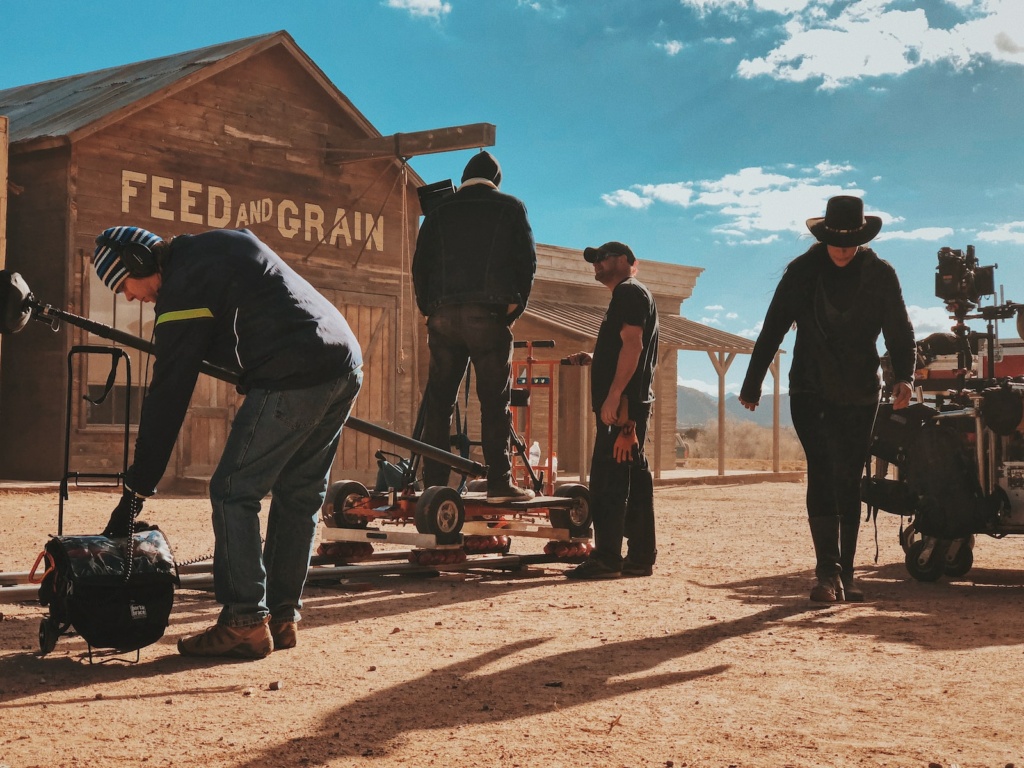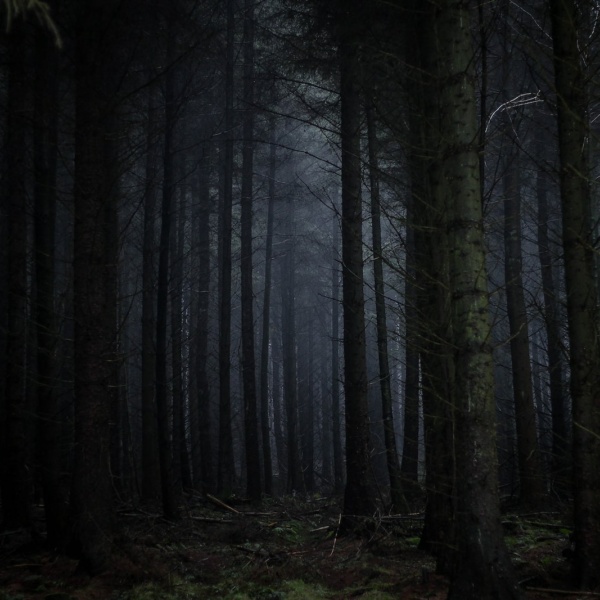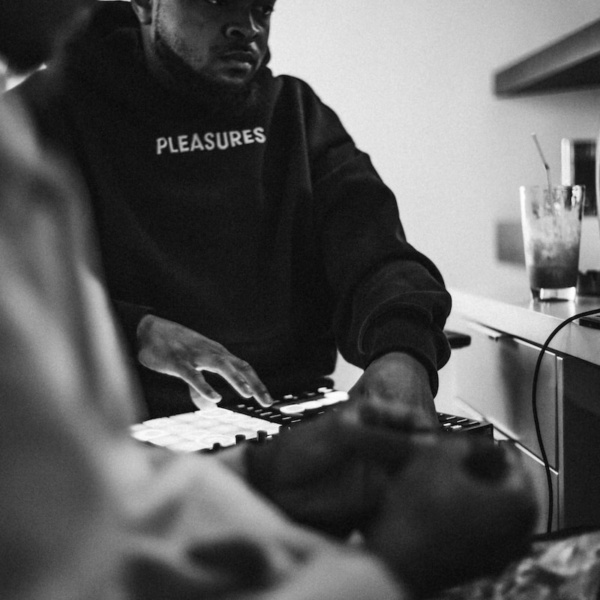
Lights dim, the audience hushes, and the silver screen flickers to life. In those crucial moments before a story unfolds, an invisible conductor steps into the limelight, wielding a wand not of magic, but of music. This unsung hero, the film composer, holds the power to elevate a cinematic experience from mere visuals to an unforgettable journey. Today, let’s embark on a harmonious exploration into the mesmerizing world of film scores and the pivotal role of film composers in shaping our emotional rollercoaster at the movies.
The Overture: Setting the Tone

Picture this: the opening credits roll, and a haunting melody fills the theater. Before a single word is spoken, the composer has already woven the fabric of the film’s emotional landscape. Think of John Williams’ iconic score for “Jaws.” The repetitive two-note motif signals impending danger, leaving audiences on the edge of their seats. In those first few moments, the composer establishes the film’s tone, preparing the audience for the journey ahead.
Musical Characterization: Role of Film Composers
Characters in movies communicate not only through dialogue but also through music. A skilled composer brings characters to life through leitmotifs — recurring musical themes associated with specific characters or ideas. Hans Zimmer’s work in Christopher Nolan’s “The Dark Knight” trilogy is a prime example. The menacing notes that accompany the Joker mirror his chaotic nature, adding layers to the character beyond Heath Ledger’s stellar performance.
Emotional Resonance: The Power of a Single Note

Emotion is the heartbeat of any memorable film, and it’s the composer’s task to tap into that emotional reservoir. Take the heart-wrenching beauty of Thomas Newman’s score in “American Beauty.” The delicate piano notes dance with the fragility of the characters’ lives, creating a haunting resonance that lingers long after the credits roll. A single, well-placed note can evoke emotions that words alone cannot.
Narrative Pacing: Tempo as a Storytelling Tool
A film’s pacing is not solely the domain of the editor; it’s a symphony orchestrated by the composer. Consider the rhythmic pulse of Antonio Sanchez’s drum score in “Birdman.” The relentless beat mirrors the protagonist’s internal struggles, heightening tension and propelling the narrative forward. A composer’s understanding of tempo is akin to a director’s mastery of pacing, influencing the ebb and flow of the storytelling.
Cinematic Synchrony: Music as a Collaborative Partner

The collaboration between a director and a composer is a delicate dance. It requires a meeting of minds to create a score that seamlessly integrates with the visual narrative. Think of Quentin Tarantino and his collaboration with Ennio Morricone on “The Hateful Eight.” The music becomes a character in itself, adding depth and dimension to the storytelling. A great film score isn’t just an accompaniment; it’s a partner in the narrative.
Genre Defying: Breaking Musical Boundaries
In the realm of film scores, innovation knows no bounds. Composers push the boundaries of genre, infusing fresh elements into their work. Look at Daft Punk’s electronic masterpiece for “Tron: Legacy.” The duo, known for their work in the electronic dance music scene, brought a futuristic pulse to the film, proving that a score can be as transformative and genre-defying as the movie it accompanies.
The Legacy of Iconic Themes: From Generation to Generation

A truly remarkable film score stands the test of time, etching itself into the collective memory of audiences. John Williams’ “Star Wars” theme is as iconic today as it was in 1977. These timeless compositions become cultural touchstones, transcending the confines of the cinema. They evoke nostalgia, spark imagination, and, in some cases, become synonymous with the essence of the film itself.
Conclusion: The Silent Architects of Cinematic Magic
In the vast tapestry of filmmaking, where visuals and narratives seamlessly intertwine, film composers stand as the silent architects of cinematic magic. Through their craft, they weave emotions, mold characters, and sculpt narratives that resonate with audiences on a profound level. So, the next time you find yourself lost in the enchanting world of a film, take a moment to listen. Behind every frame, there’s a composer, orchestrating the symphony of emotions that makes the movie an unforgettable experience. As we celebrate the art of cinema, let’s not forget to tip our imaginary hats to the unsung heroes in the orchestra pit — the maestros who, with each note, create the soundtrack of our movie-loving lives.
In exploring the intricate tapestry of film scores, we uncover the hidden threads that connect us to the heart of storytelling. As we applaud the visual spectacle on screen, let’s not overlook the harmonious melodies that echo in the background, leaving an indelible mark on our cinematic memories. The role of film composers is not just to create music but to craft an emotional journey that resonates across time and generations. The next time you find yourself humming a familiar tune from a favorite film, remember the maestros behind the magic, for they are the architects of the symphony that enhances our movie-going experience.


